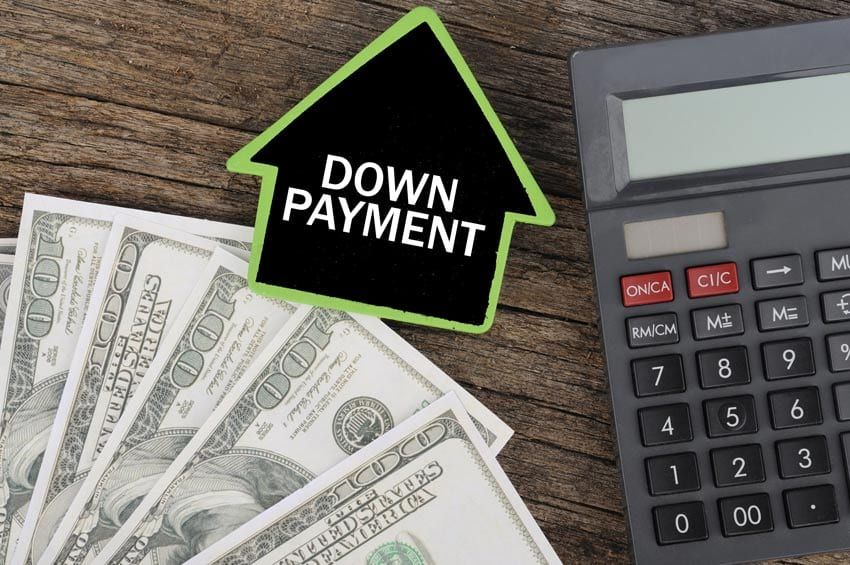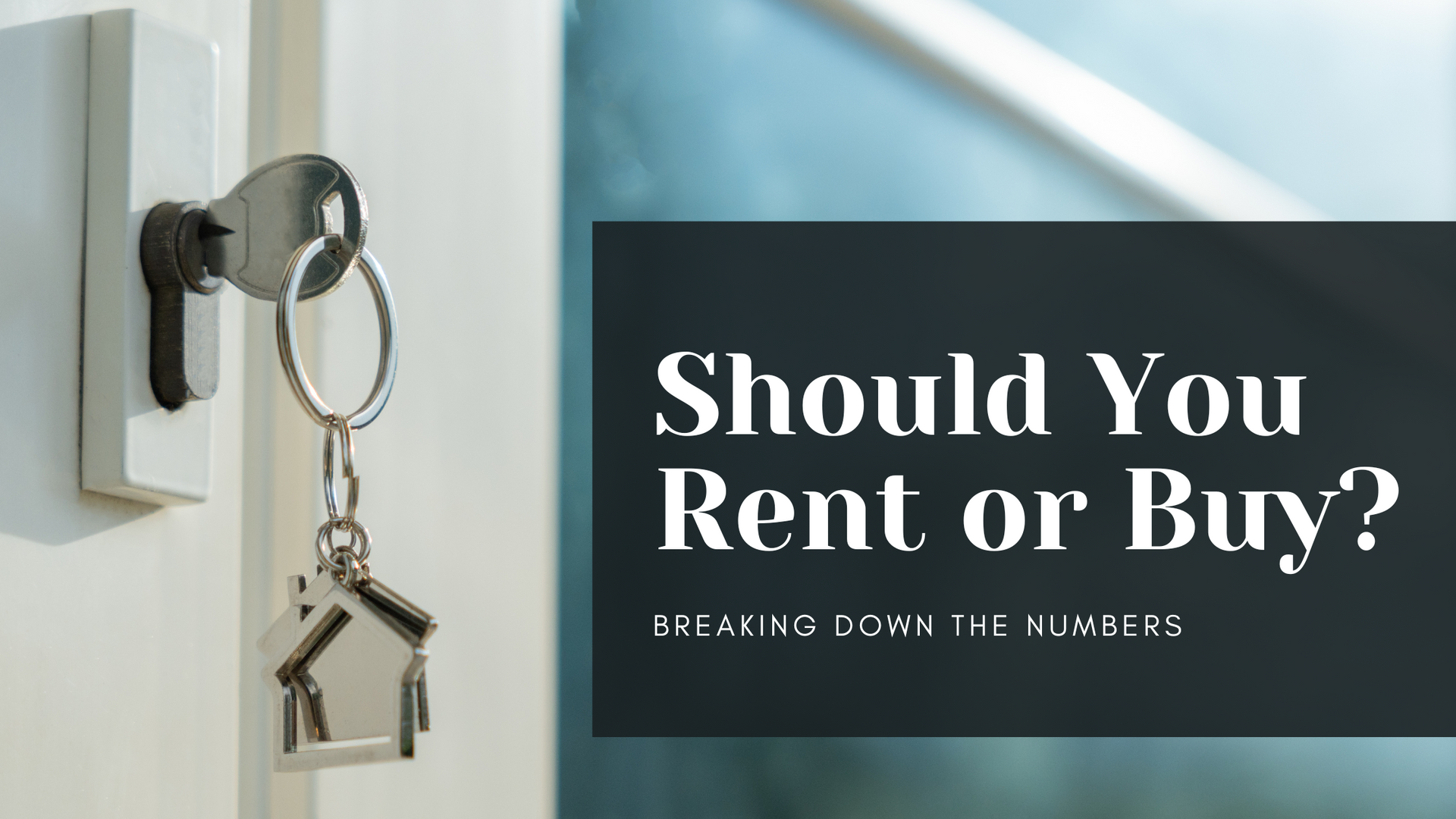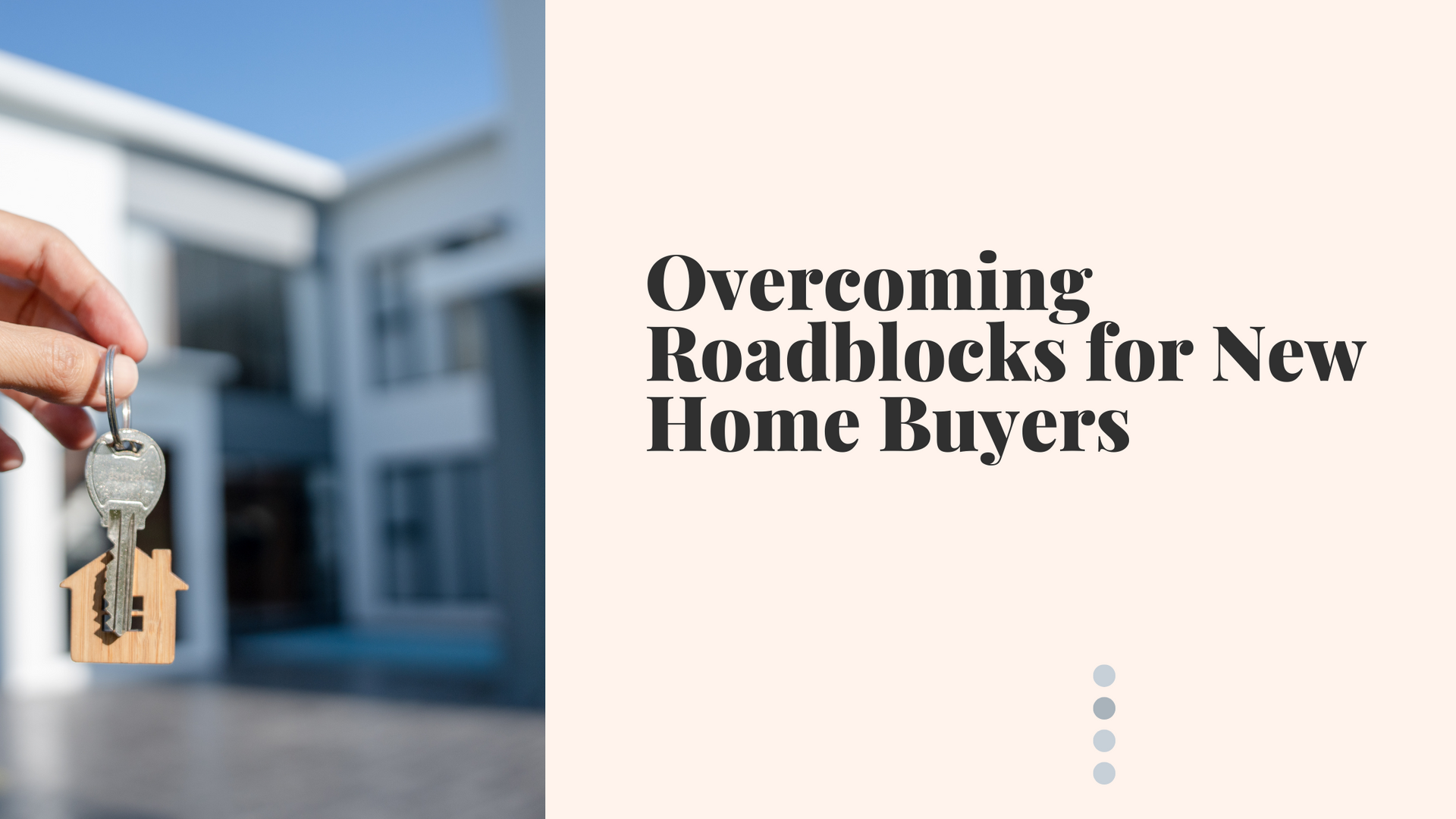Strategies for Saving for a Down Payment on a Home: Tips for Budgeting and Specific Savings Plans

Buying a home is one of the biggest financial decisions you'll ever make, and saving for a down payment is a key part of the process. Whether you're a first-time homebuyer or you're looking to upgrade your current living situation, having a solid plan for saving can make the home-buying journey smoother and less stressful. Here are some effective strategies to help you save for your down payment and get closer to owning your dream home.
1. Set a Realistic Savings Goal
The first step in saving for a down payment is knowing how much you need. Typically, homebuyers are required to put down anywhere from 3% to 20% of the home's purchase price. For example, if you're looking at a $300,000 home, a 20% down payment would be $60,000. However, many buyers choose to put down less, especially if they qualify for special loan programs with lower down payment requirements.
Once you have an idea of the down payment amount, break it down into smaller, manageable goals. For instance, if you need $20,000 in 2 years, your monthly savings goal would be about $834. Setting a timeline will help you stay motivated and track your progress.
2. Create a Budget and Stick to It
Effective budgeting is key to saving for any large financial goal. Start by evaluating your current expenses and identifying areas where you can cut back. Here are a few ideas for budget-friendly adjustments:
- Cut discretionary spending: Reduce expenses on non-essentials like dining out, entertainment, and shopping. These small sacrifices can add up over time.
- Track your spending: Use budgeting apps or spreadsheets to track your expenses. Knowing where your money is going each month helps you make informed decisions about where you can save.
- Automate your savings: Set up automatic transfers to a separate savings account each time you're paid. This ensures that you’re consistently putting money toward your down payment without having to think about it.
3. Open a Dedicated Savings Account
When saving for a down payment, it’s important to keep the money separate from your regular checking or savings accounts. This reduces the temptation to dip into your savings for everyday expenses. Consider opening a high-yield savings account or a money market account, which can earn you more interest than a traditional savings account.
Additionally, some financial institutions offer "down payment savings" programs with features like automatic savings deposits or bonuses for meeting savings milestones. Research different options to find the best fit for your needs.
4. Cut Back on Large Expenses
If you're really committed to saving for a down payment quickly, consider making bigger lifestyle changes that will have a more significant impact on your savings. Here are some strategies to consider:
- Move to a less expensive rental: If possible, consider downsizing your living situation to save on rent and utilities. This could free up hundreds of dollars each month for your down payment fund.
- Sell unused items: Look around your home for items you no longer need or use, and sell them online or at a garage sale. Use the proceeds to boost your savings.
- Get a side hustle: If you have extra time, consider taking on a part-time job or freelance work to increase your income. The extra money can go directly into your down payment fund.
5. Take Advantage of Employer Homebuyer Assistance Programs
Some employers offer down payment assistance programs to help employees with the cost of buying a home. These programs can vary widely, so it’s worth asking your HR department if such an option is available to you. Some programs offer down payment grants, while others may provide low-interest loans or other benefits that can help you reach your savings goals faster.
6. Consider Government Programs for First-Time Homebuyers
If you're a first-time homebuyer, there are numerous government programs that can help reduce the amount you need to save for a down payment. Some of the most popular include:
- FHA Loans: The Federal Housing Administration (FHA) offers loans with down payments as low as 3.5%, making homeownership more accessible.
- VA Loans: If you’re a veteran or active-duty service member, you may qualify for a VA loan, which typically requires no down payment.
- USDA Loans: If you’re buying a home in a rural area, the U.S. Department of Agriculture (USDA) offers loans that require no down payment for eligible buyers.
Research these options to see if you qualify for any of these programs that could help reduce your down payment burden.
7. Invest Your Savings Wisely
If you have a longer timeline before you plan to purchase a home, you might want to consider investing your savings to earn a higher return. Options like low-risk mutual funds or certificates of deposit (CDs) can help grow your savings over time. However, it’s important to balance risk with your timeline. If you're planning to buy a home within the next few years, you may want to choose more conservative investment options that are less likely to fluctuate in value.
8. Take Advantage of Gift Money
In some cases, family or friends may be willing to help with your down payment by giving you a gift. Be sure to check with your lender regarding gift money policies, as they typically require that the gift be well-documented and that no repayment is expected. This can be a great way to give your savings a significant boost.
Ready to Buy? Let's Talk About Saving for Your Dream Home!
Saving for a down payment takes time and discipline, but with the right strategies in place, you’ll be well on your way to homeownership. Whether you’re budgeting, exploring loan options, or seeking financial guidance, having a clear plan and staying focused will bring you closer to your dream home.
Are you ready to start your home-buying journey? Let’s chat about how you can save for your down payment and take the first steps toward owning your own home. Contact me today and let's make it happen!
By following these tips and strategies, you'll be well-equipped to save for a down payment and take control of your homeownership goals. Happy saving!


